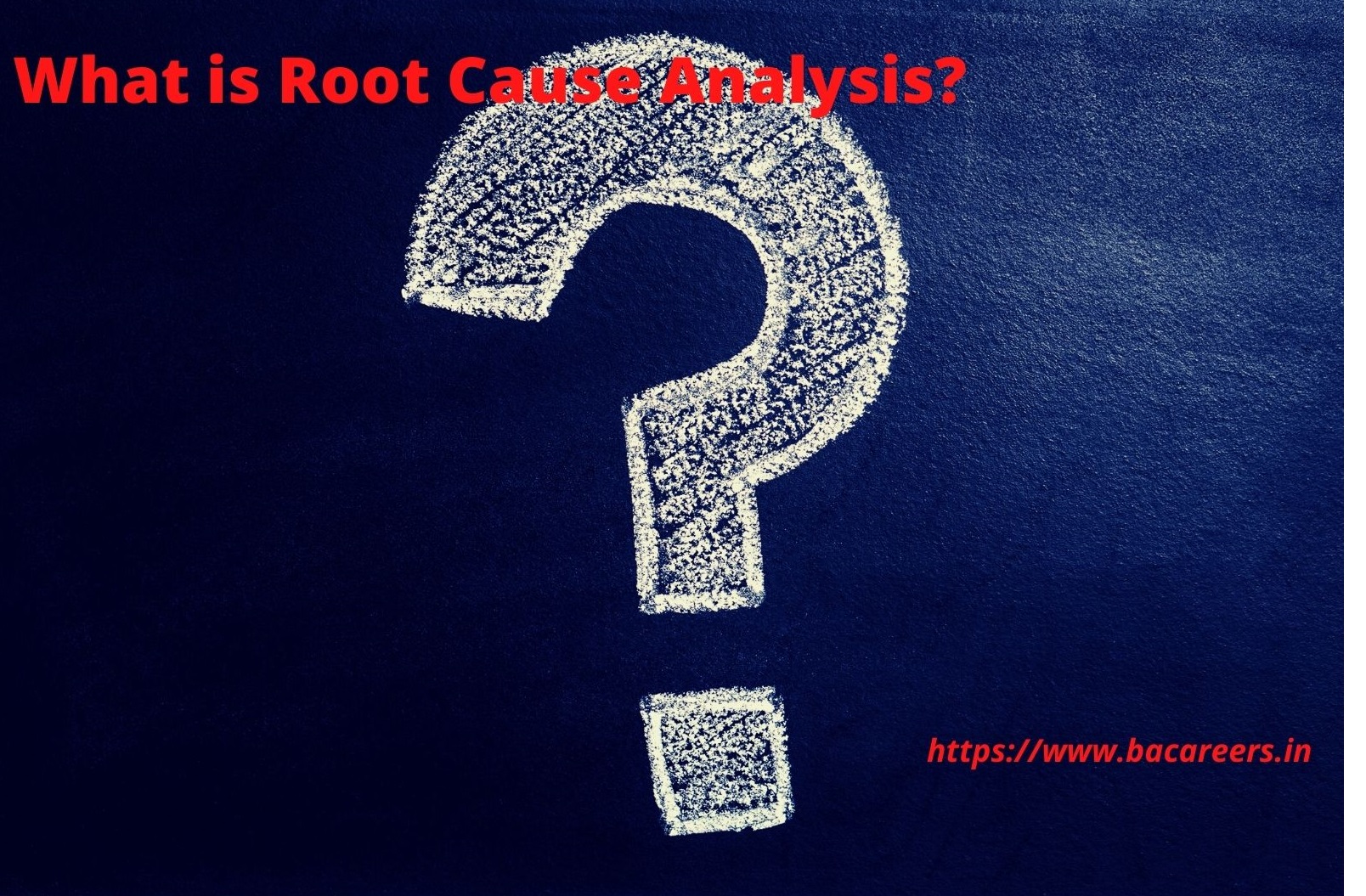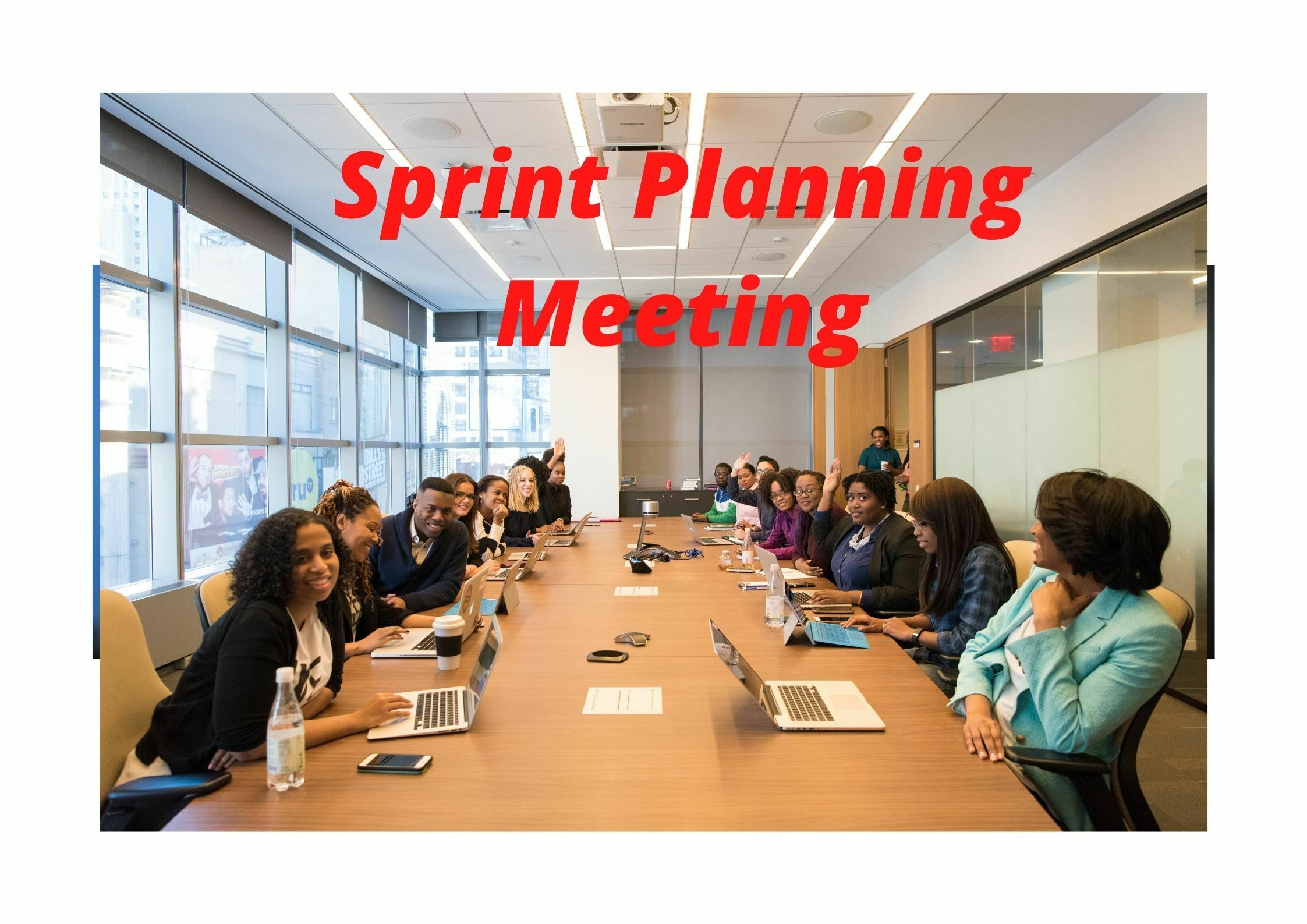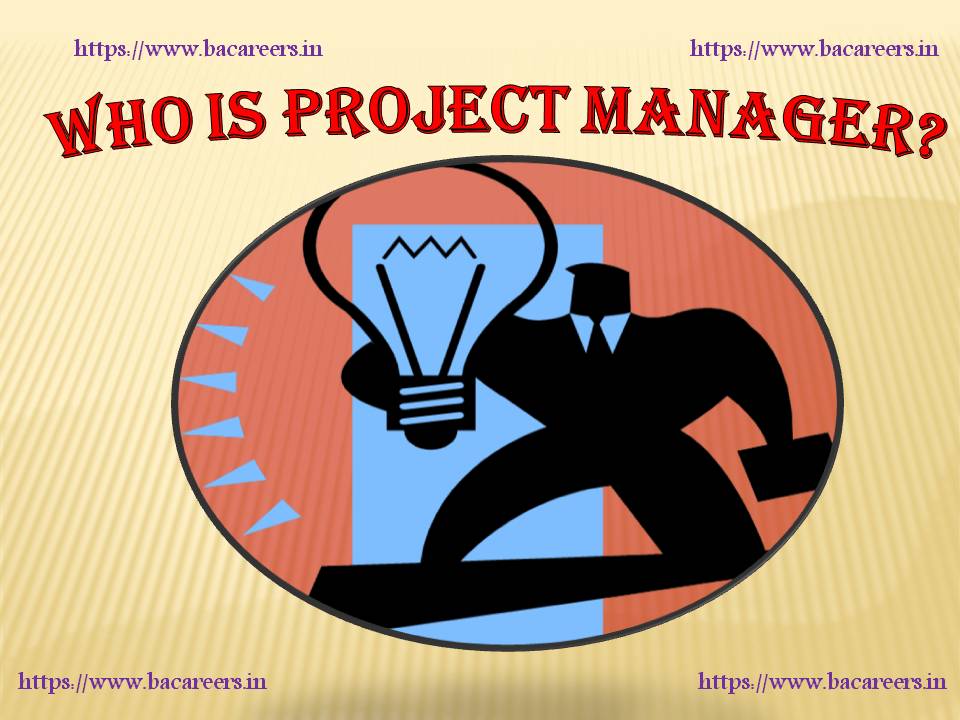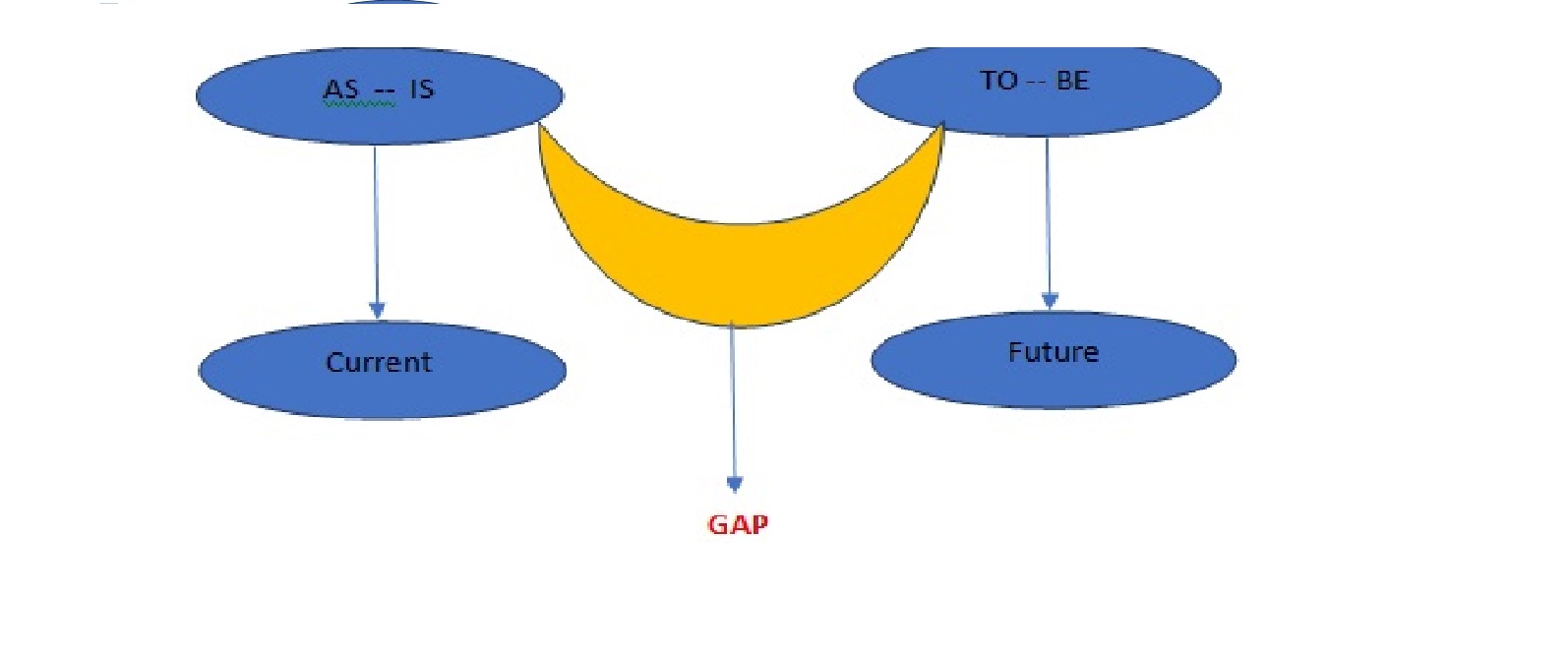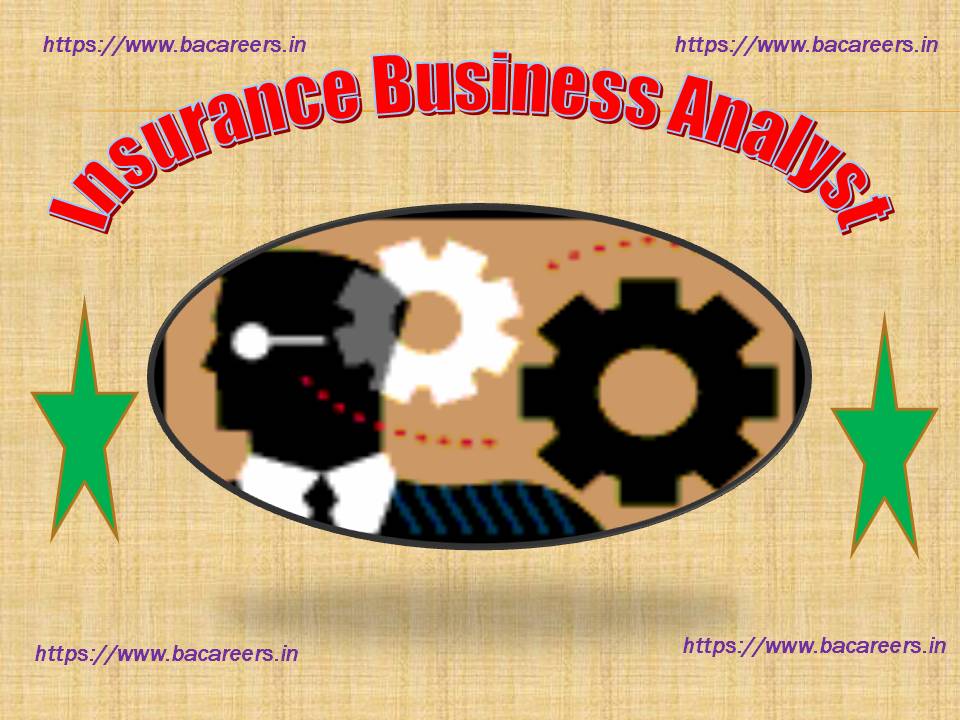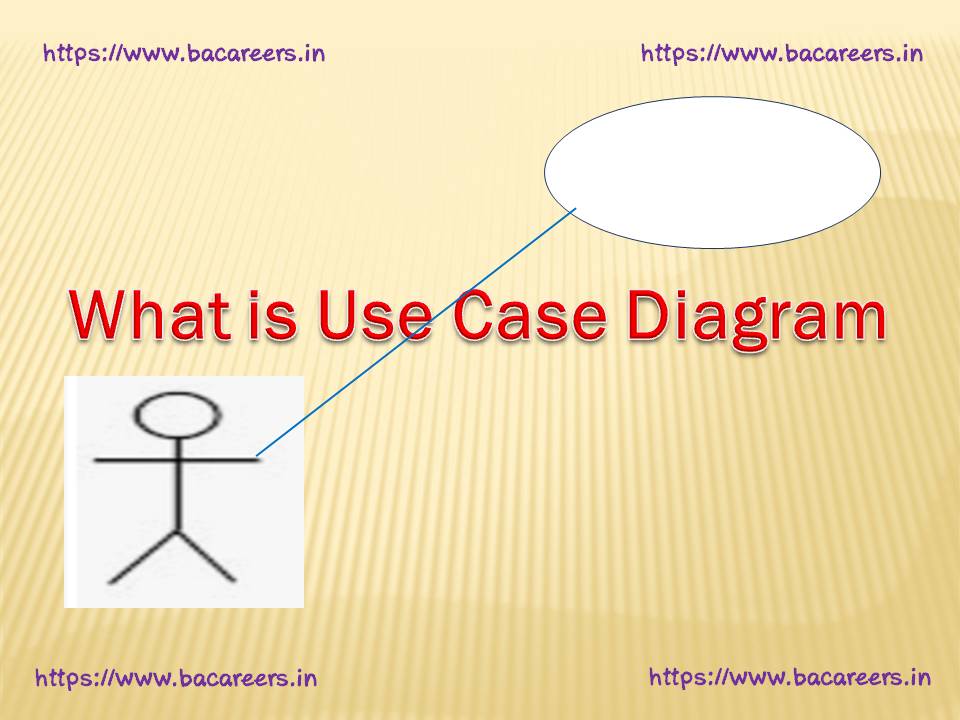What is Root Cause Analysis?
Root Cause Analysis is very important it helps us to understand on below. You may have the doubt that what is root cause analysis and who performs the Root cause Analysis, Let us observe below.
- What is the issue?
- How to prevent these types of issues in future?
- Why this issue occurred?
- What steps could be taken to not to occur this issue?
- What are the preventive actions?
- Getting into the roots helps in removing the main cause of the defects.
- The RCA helps in getting the exact reason of the problem?
What is a Problem?
An incident which impacts the smooth flow of the process is termed as Issue. And same issue is occurring again and again and impacts the smooth functioning of the application and impacts the business then it termed as problem.
Then we need to perform Root cause Analysis to identify why this issue is happening again and again. Sometimes client also expects RCA document from us.
Usually RCA document contains below.
- What is the issue?
- Why it happened?
- How you fixed that Issue?
- What preventive steps to be taken to not to repeat the same issue in future?.
When RCA or RootCause Analysis is required?
Usually RCA is needed when same incident is happening again and again and it is impacting the smooth functioning of the application.
For the smooth functioning of the processes, it is necessary to identify the Root cause of this particular issue and how to prevent the same issue in future.
RCA should be performed as soon as issue or defect identified so that it helps to avoid major problems in future.
Depends on the issue and situation it is suggested to involve the stake holders while conducting the RCA. Because sometimes issue may occur due to misunderstanding of the application functionality.
Stake holders help in getting away from the fictionalization of the facts.
Below Techniques can be used for RCA.
- 5 Why Technique
- Tabular Method
- Fishbone Diagram

Business Analyst , Functional Consultant, Provide Training on Business Analysis and SDLC Methodologies.

